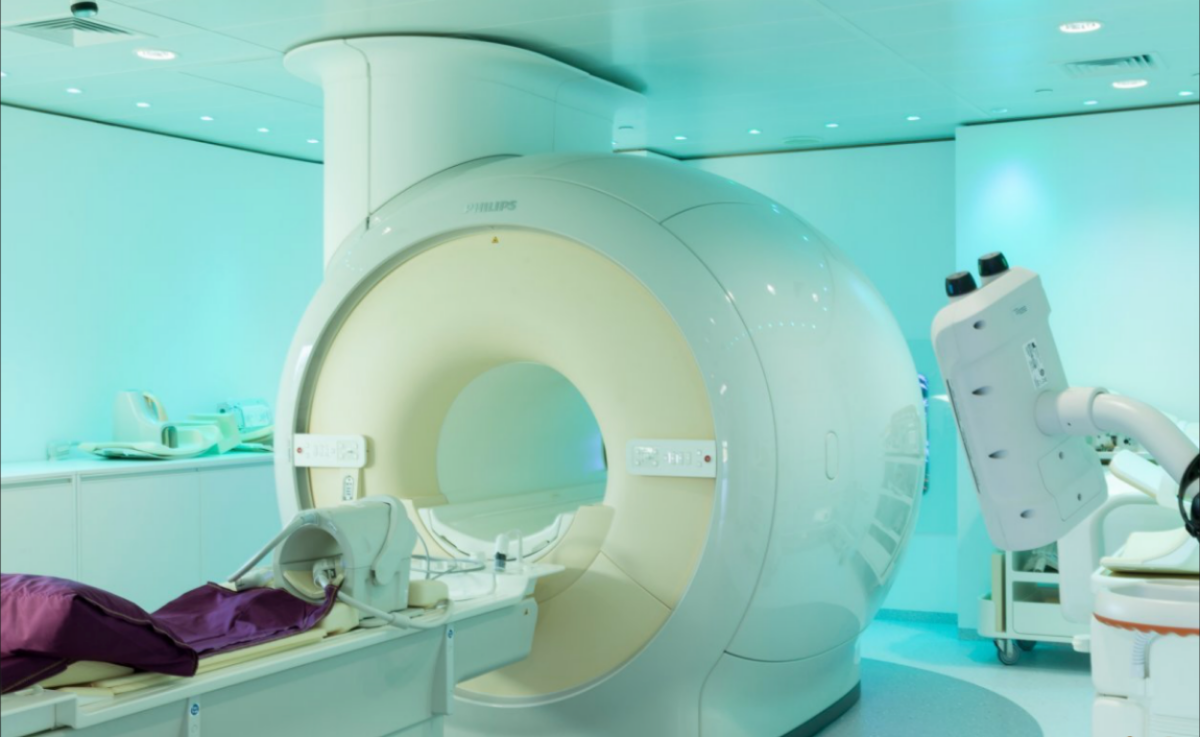ARTICLE: Healthcare Acoustics ? The Use of Acoustic Ceiling Tiles to Control Reverberation Times
Good acoustic conditions are fundamental to the quality of healthcare facilities.
Good acoustic conditions are fundamental to the quality of healthcare facilities. Excess noise has the potential to increase blood pressure, heart and respiration rates, as well as contribute to cognitive impairment and sleep disturbance. Patients need quiet spaces in order to recover. For staff, the intellectual activities and therapeutic procedures require concentration and noisy environments may interfere directly in the quality of the diagnosis and therapeutic processes. The hospital environment works in a paradox situation of being a place demanding acoustic comfort while on the other hand also being a place with components and equipment that produce a lot of noise.
Guidelines around acceptable decibel levels include the Environmental Protection Agency (EPA) recommended maximum noise levels of 40 dB(A) in hospitals, and the World Health Organization (WHO) recommended maximum levels of 30 to 40 dB(A) in patients’ rooms at night. However, tests in hospitals have shown that in reality, the decibel levels far exceed this and are often dangerously high. Average DB Levels at Johns Hopkins Hospital, exceeded 45 to 50 dB(A); 20 decibels louder than the WHO recommendations. Other studies that have examined hospital noise levels found peak levels often exceed 85 dB(A)!
In general, these findings remained true no matter what type of hospital or facility was examined, indicating that acoustical issues persist in hospitals of all types and acoustical solutions to these issues may be widely applicable.
Design of efficient, effective hospitals must incorporate reverberation time control as a primary consideration.
Good acoustic design can:
· Improve patient comfort, privacy and dignity
· Assist in providing essential sleep patterns to aid the healing process
· Improve staff comfort, privacy, efficiency and accuracy
Most articles on healthcare acoustics focus on the argument for acoustics. But it’s essentially very simple; in short, control of unwanted noise and reverberation times are of critical importance. The real issue isn’t whether or not acoustics are important considerations in hospitals (they are) but rather how this acoustic need can be balanced with the need for infection control.
A Balancing Act
A key consideration that differentiates a healthcare facility from a conventional building design is the need for infection control. Infection control requirements prefer finishes which are smooth and impervious to moisture, hard wearing and resistant to detergents and disinfectants to ensure they can withstand regular cleaning. Textured or inaccessible surfaces are unwanted as they have the potential to accumulate dust.
However, while hard impervious surfaces are often specified for their cleanability, these surfaces are the antithesis to good acoustics as they reflect sound and increase reverberation times. Many of the design strategies used for infection control in healthcare environments have a negative effect on the acoustic environment if not carefully considered
Unfortunately the type of materials that infection specialists love (hard, impermeable surfaces) are in direct contrast to comfortable acoustic environments (porous, absorbent surfaces).
It’s a constant functional dilemma and one that must be balanced for the best outcomes.
Reverberation Control
One of the primary acoustic control methods is the installation of ceiling tiles with a high NRC. Controlling the reverberation will help to reduce many disturbing effects of noise within hospitals and also mitigates the perception of excessive noise. Ceilings typically offer the largest available area for absorptive treatments and as discussed later; also are least likely to come into contact with anything that can transfer pathogens. Ceilings with a high Noise Reduction Cooefficient (NRC) can be important in controlling noise generation in the space, improving speech intelligibility and will reduce noise intrusion when Ceiling Attenuation Class (CAC) performance is incorporated.
However, it is important to note that ceiling tiles in hospital and healthcare environs typically need to meet a broad range of criteria, including humidity resistance, cleanability and infection control requirements. As such, the application of a high absorption rating may limit the availability of suitable product options.
Requirements
New Zealand often follows the Australian Health Facility Guidelines (AusHFG) and although they are currently not a mandatory requirement, expectation of compliance with it is increasing.
Part D ‘Infection Prevention and Control’ of the AusHFG outlines the following provisions relating to ceilings.
• “Ceilings in Operating and Delivery Rooms, Isolation Rooms, Nurseries, and Sterile Processing Rooms should be monolithic from wall to wall without fissures, open joints, or crevices that may retain or permit passage of dirt particles. Light fittings should also be recessed, flush fitting and sealed to prevent dust ingress. Mineral fibre ceiling tiles may also need to be reviewed to confirm acceptance/compliance with infection control requirements.”
• “Acoustic and/or lay-in ceilings should not be used where particulate matter may interfere with hygienic environmental control.”
From this, we can conclude that acoustic ceilings aren’t acceptable in Operating and Delivery Rooms, Isolation Rooms, Nurseries, and Sterile Processing Rooms. For all other spaces, unless there is a chance that particulate matter may interfere with hygienic environmental control, the use of acoustic ceiling tiles isn’t prohibited.
